Warblers are tiny, bright, and beautiful. Spring Migration is inching towards its peak for Southeastern Wisconsin. But it has been a phenomenal year for the warblers of spring at the Center. Some years, migration can feel slow and hit-or-miss. This year however, the warblers especially, have been flooding our trees in great numbers and variety of species. It’s not common to have multiple Blue-winged and Golden-winged Warblers sightings in one day. Or to step out of your car and have your ears flooded with so much birdsong from the warbler family that it’s hard to figure out what to focus on. Or to get to hear the beautiful song of a Louisiana Waterthrush multiple days in a row.
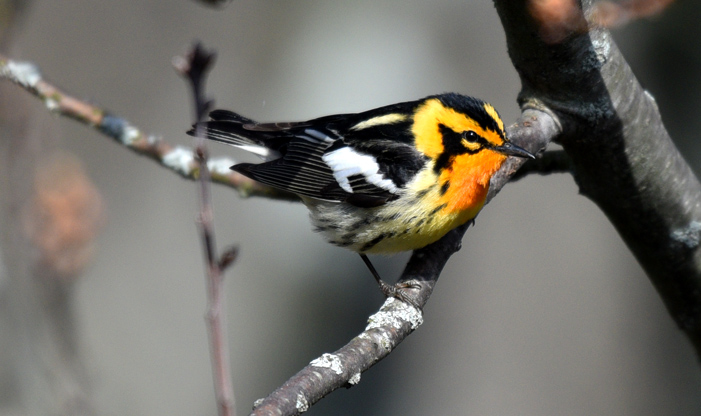
Blackburnian Warbler, Setophaga fusca
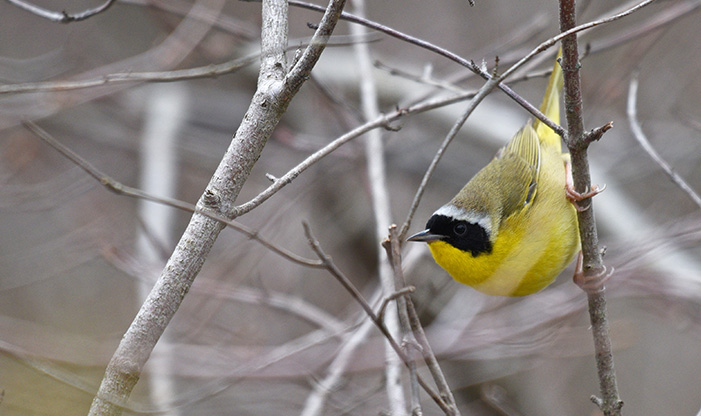
Common Yellowthroat, Geothlypis trichas
Warblers are neotropical migrants, meaning their journeys range anywhere from South or Central America to the northern woods of Wisconsin or the forests of Canada. Another distinguishing characteristic of the warbler family, besides their beautiful songs, is their tiny size. Most warblers weigh less than half an ounce, and measure only 4 or 5 inches. They can be tough to spot, but if you do, you’ll be glad you took the time to search them out.
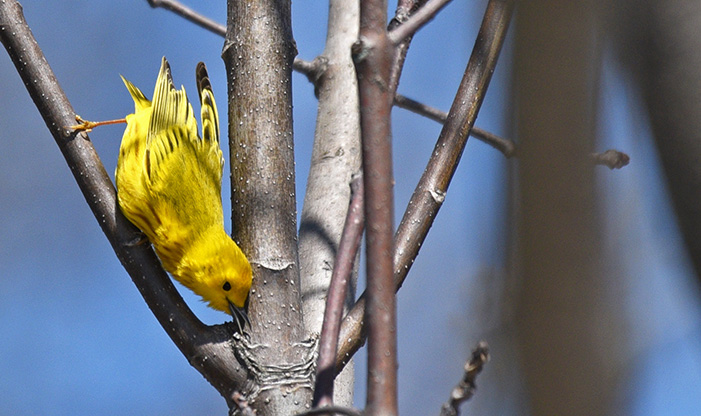
Yellow Warbler eating, Setophaga petechia
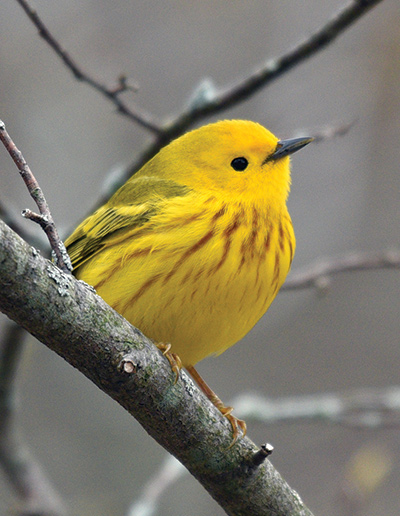
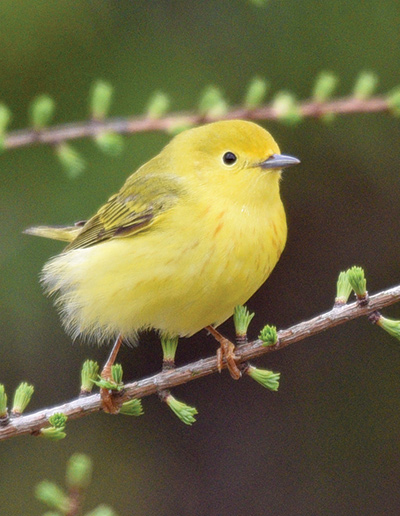
Since the beginning of May, there have been 25 species of warblers observed at the Center, and on May 9 of this year, 20 species were observed in one day! Check out our recent eBird sightings to see what else (besides the wave of warblers) has been moving through.
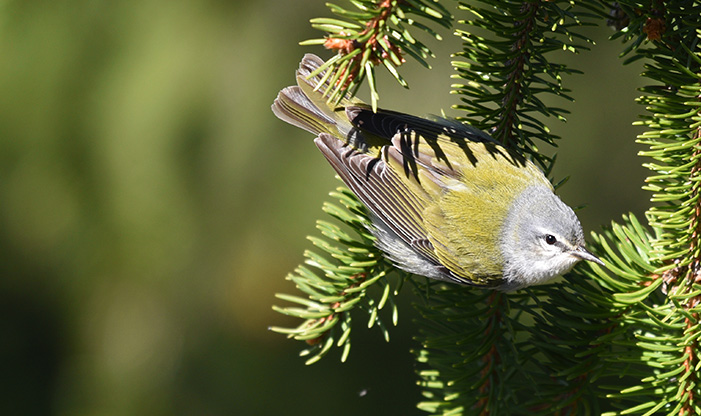
Tennessee Warbler, Oreothlypis peregrina
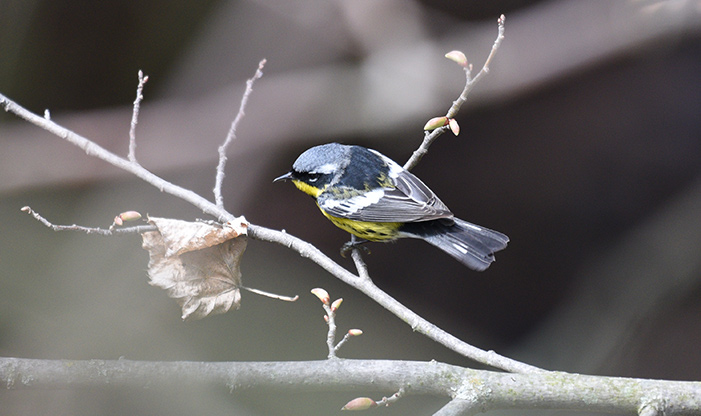
Magnolia Warbler, Setophaga magnolia
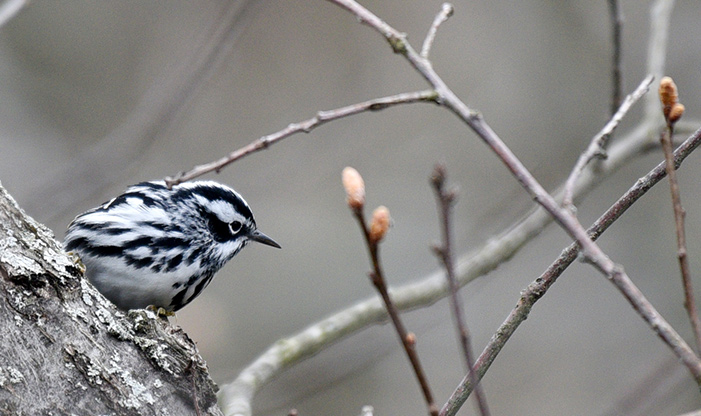
Black-and-white, Mniotilta varia
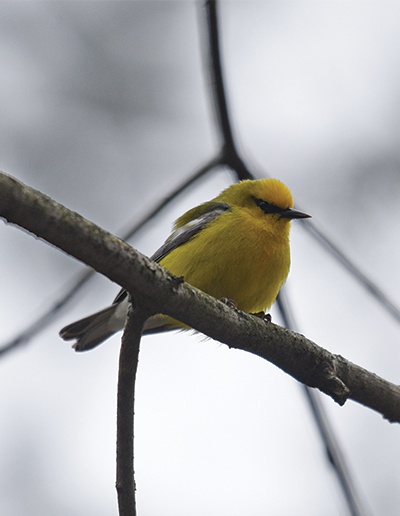
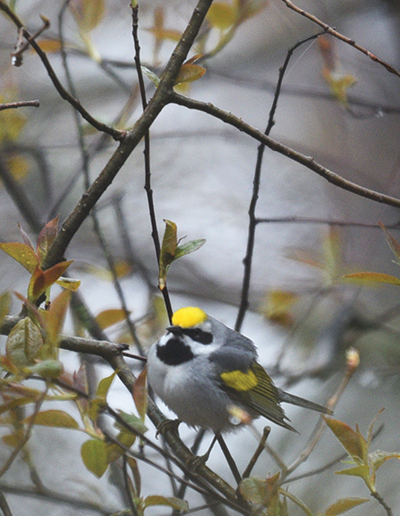
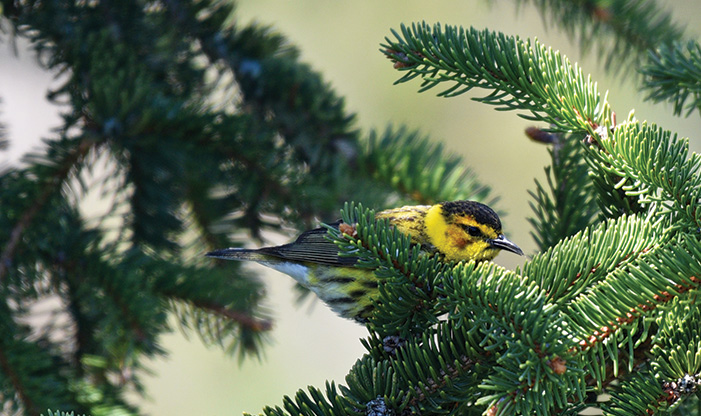
Cape May Warbler, Setophaga tigrina
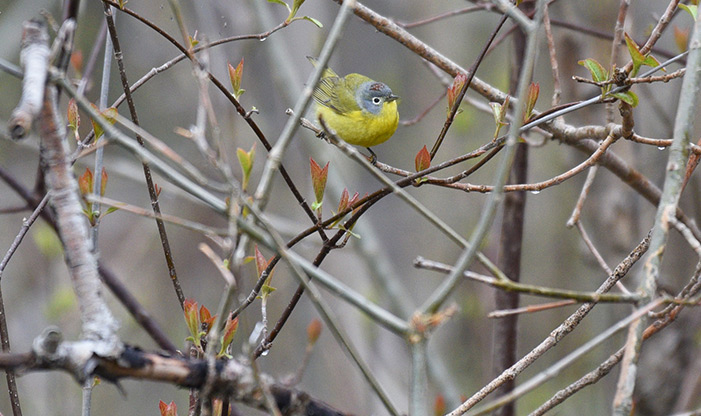
Nashville Warbler, Oreothlypis ruficapilla. This photo helps to show the scale of how small these songbirds are!
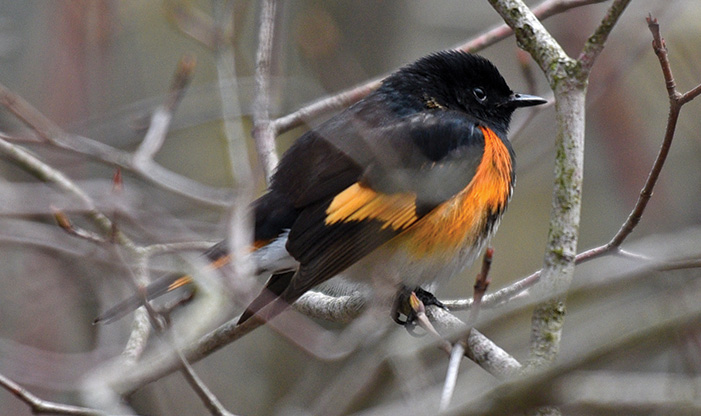
American Redstart, Setophaga ruticilla
Walking through the woods and discovering pockets of these intricate songbirds is one of my favorite experiences in the world. Take a hike and visit the tower before migration is over and experience a “birds-eye view” of their beauty for yourself!


